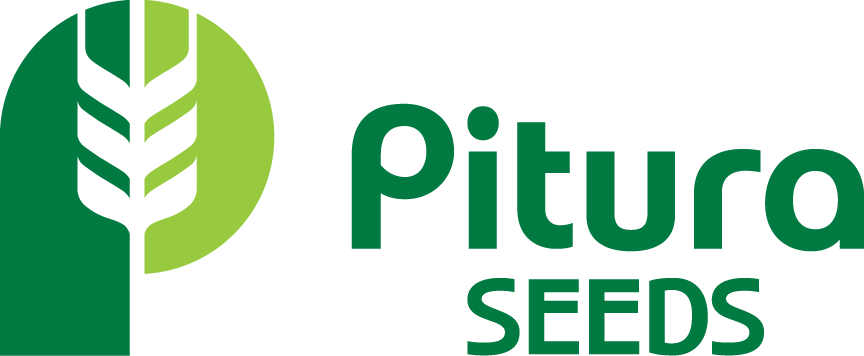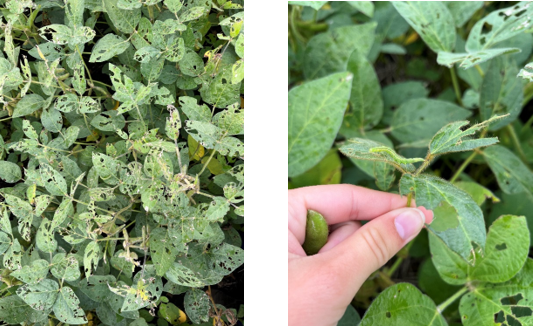New Species Alert - Green Cloverworms
We’ve started seeing some Green Cloverworms at economical levels in soybean fields around the area. This is a new pest for me, so here’s what I’ve learned:
Cloverworms migrate in from the south in the spring as a moth. This means that checking the headlands of the field is often not a good indication of field levels, as they can settle further into the field. When scouting on Wednesday, I started noticing some feeding in the headlands but defoliation increased as I continued walking into the field. This is also a good clue that you’re probably not looking at grasshopper damage, as it can look quite similar. The worm itself is light green with a white stripe on the sides of its body. Adults can grow up to 1 inch, which is important to know when making decisions on control. Once majority of the worms have gotten close to 1 inch it’s likely uneconomical to spray, as they will soon be completing their life cycle.
When making a management plan for Green Cloverworm it’s also important to consider what stage the plants are in and how many larvae are in the field. The economic threshold for this pest changes as you go through the stages of development. R1-R6 is the pod filling stage in soybeans, and this is when defoliation will do the most damage to yield. At this stage 20% defoliation can result in a loss of 3-7 bu/ac, which typically happens when larvae levels are between 4-8/foot of row.
I found levels of 8-9/foot with ~30% defoliation in one field, so we started researching what product to apply. There are currently no products registered for control of this worm in Canada, but when talking to reps we were recommended to spray Coragen. This is registered for Green Cloverworm in the US, at a rate of 60 ac/jug.
For more information on this pest, take a look at John Gavloski’s fact sheet: green-cloverworm-factsheet-revised-july2023.pdf (manitoba.ca)
~Beth Ens

